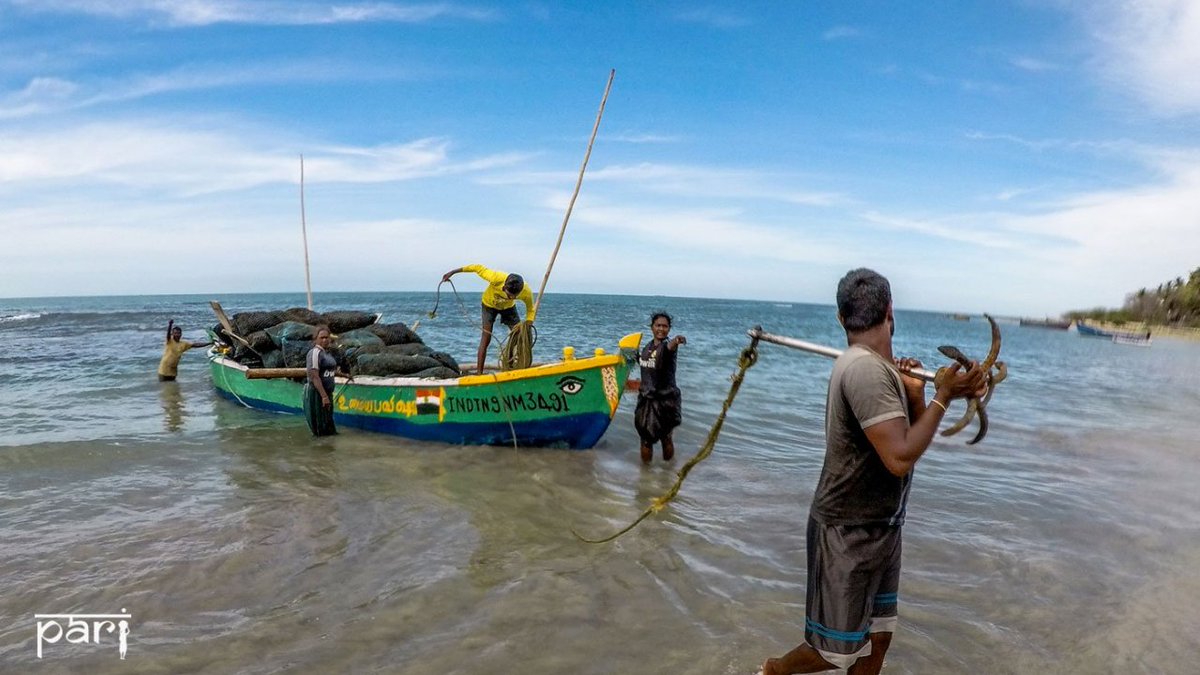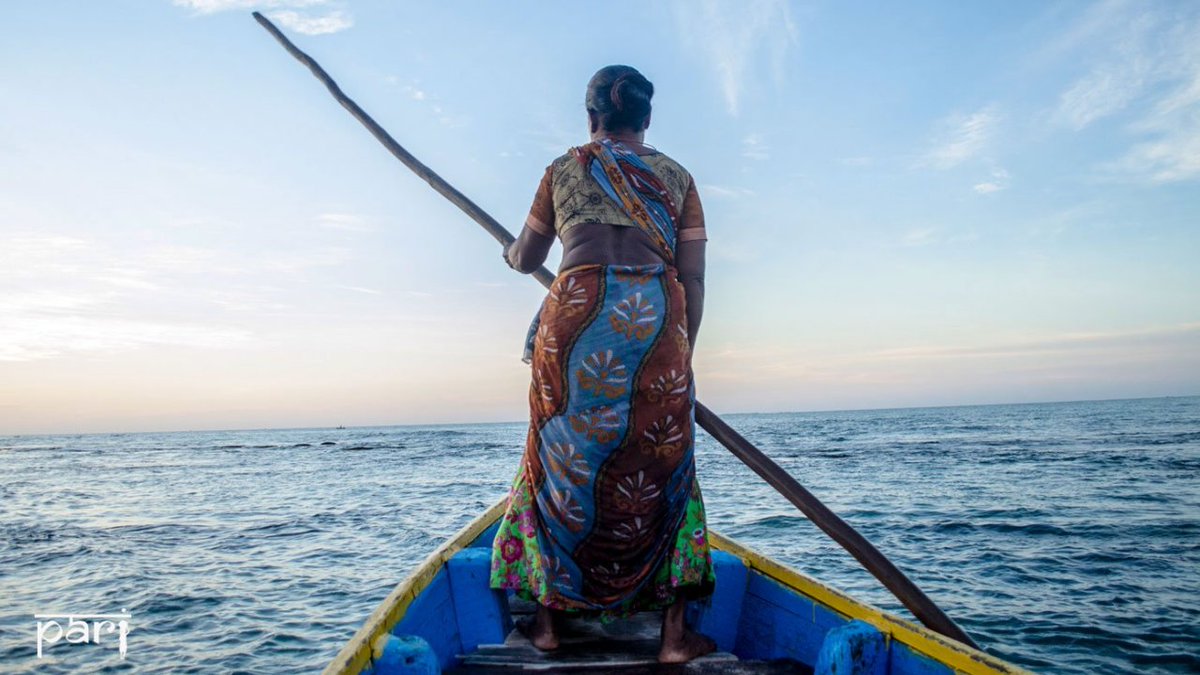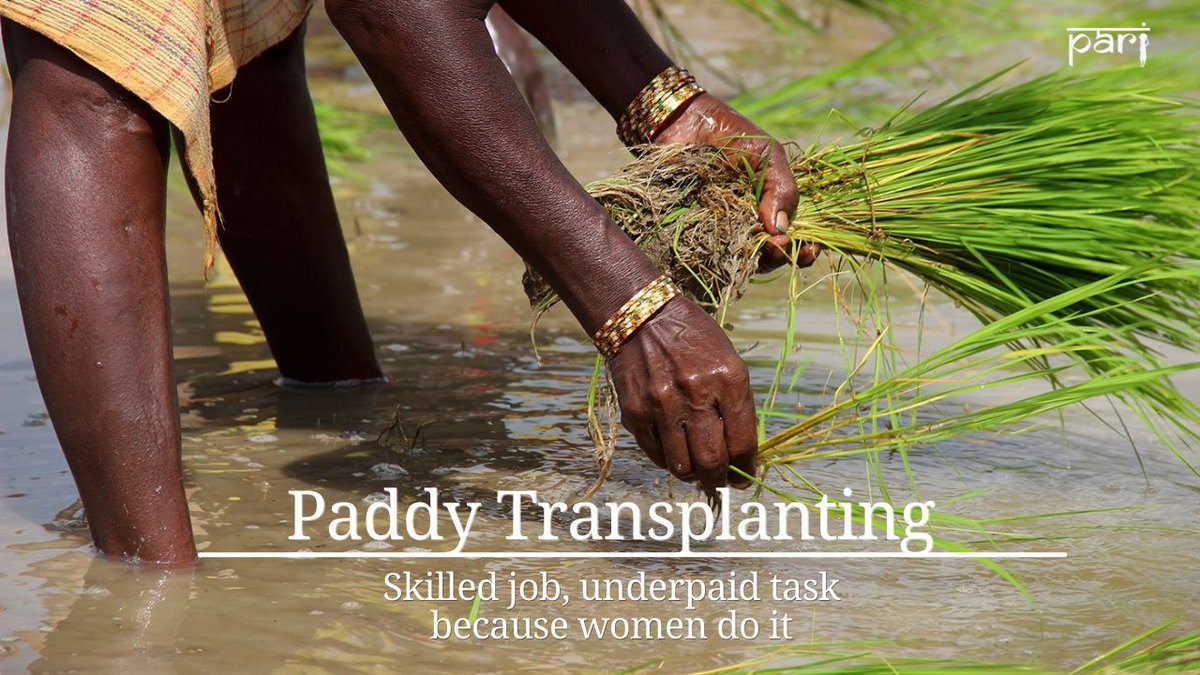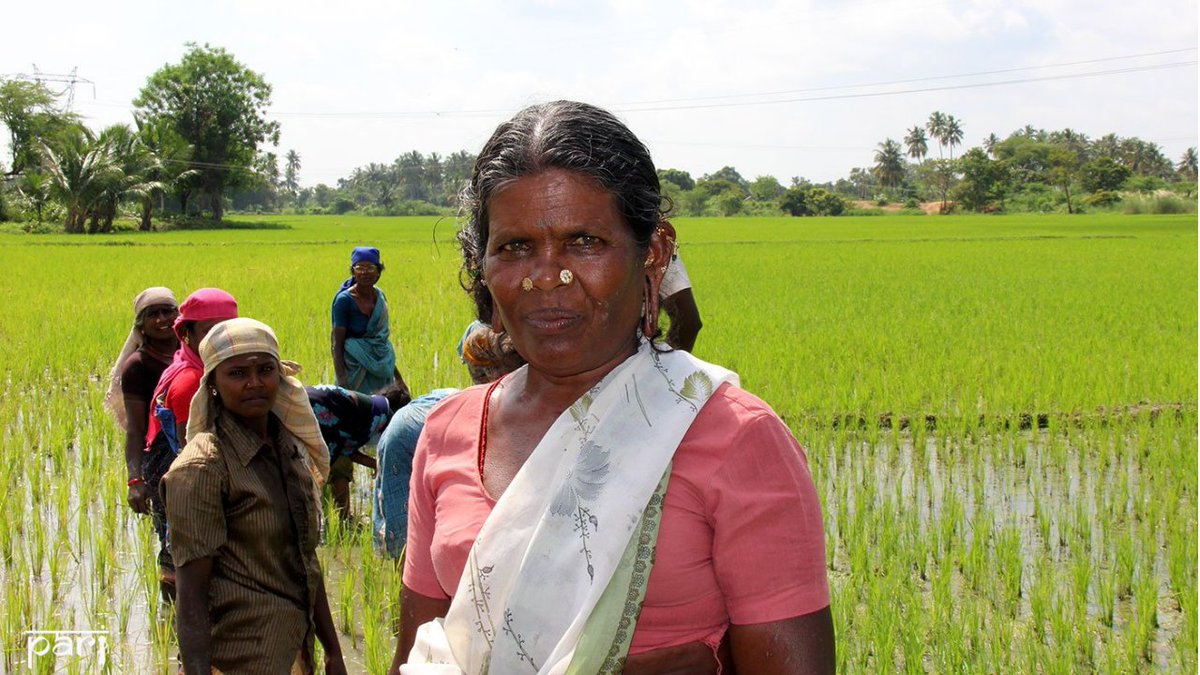
A shortage of vaccines and their unequal distribution is hindering many from getting inoculated in Maharashtra's Beed district before the imminent third wave of #Covid19. Latest dispatch from @parthpunter points to an urgent need for quick vaccinations 🧵
ruralindiaonline.org/en/articles/wa…
ruralindiaonline.org/en/articles/wa…
Vaccination of the 18-44 age group had stopped due to a shortage of vaccines at the centre. “Police were stationed there,” says Mahendra. “We showed them the message confirming our appointment. But they responded rudely.” He ended up with an FIR against his name. 

While Covishield and Covaxin vaccines are both being administered in Maharashtra, the majority of doses are of Covishield. Beed’s vaccination centers, which are government-run, receive the vaccines from the state’s quota and give them free to beneficiaries.
The Supreme Court noted:
“A vaccination policy exclusively relying on a digital portal for vaccinating a significant population of this country between the ages of 18-44 years would be unable to meet its target of universal immunization owing to such a digital divide.”
“A vaccination policy exclusively relying on a digital portal for vaccinating a significant population of this country between the ages of 18-44 years would be unable to meet its target of universal immunization owing to such a digital divide.”
Just 18.5% of rural households in Maharashtra had any internet facility (NSS 2017-18). 1 in 6 people had the “ability to use the Internet.” Among women, it was 1 in 11. At this rate, the tech-savvy, rich, urban middle-class would be protected if and when the third wave hits. 

Vaccination centres in Beed are now issuing tokens – about 100 a day – to avoid crowding. “Earlier, the crowd gathered for vaccines. Now they gather for tokens. So the crowding is limited to a few hours in the morning instead of the whole day.” 

Beed has 350 centres set up across the district. An auxiliary nurse midwife (ANM) could vaccinate 300 people/day at each centre, says a district official on condition of anonymity.
“If we appoint an ANM at each centre, we can vaccinate 1.05 lakh/day. But we manage only 10,000”
“If we appoint an ANM at each centre, we can vaccinate 1.05 lakh/day. But we manage only 10,000”

• • •
Missing some Tweet in this thread? You can try to
force a refresh













